30+ Best Places to Stay in the South of France (Traveler feedback)
Planning a few quiet days in the South of France? If you’re looking for train-accessible towns with small streets, a peaceful beach, and a relaxed local vibe, there are many places that stand out.
Here’s a full list of traveler-recommended spots, grouped by region (Riviera, Inland Provence, Provence, Marseille vicinity, Var Coast, Languedoc) with candid notes about what makes each one worth considering (or skipping).
French Riviera / Côte d’Azur
Beaulieu-sur-Mer
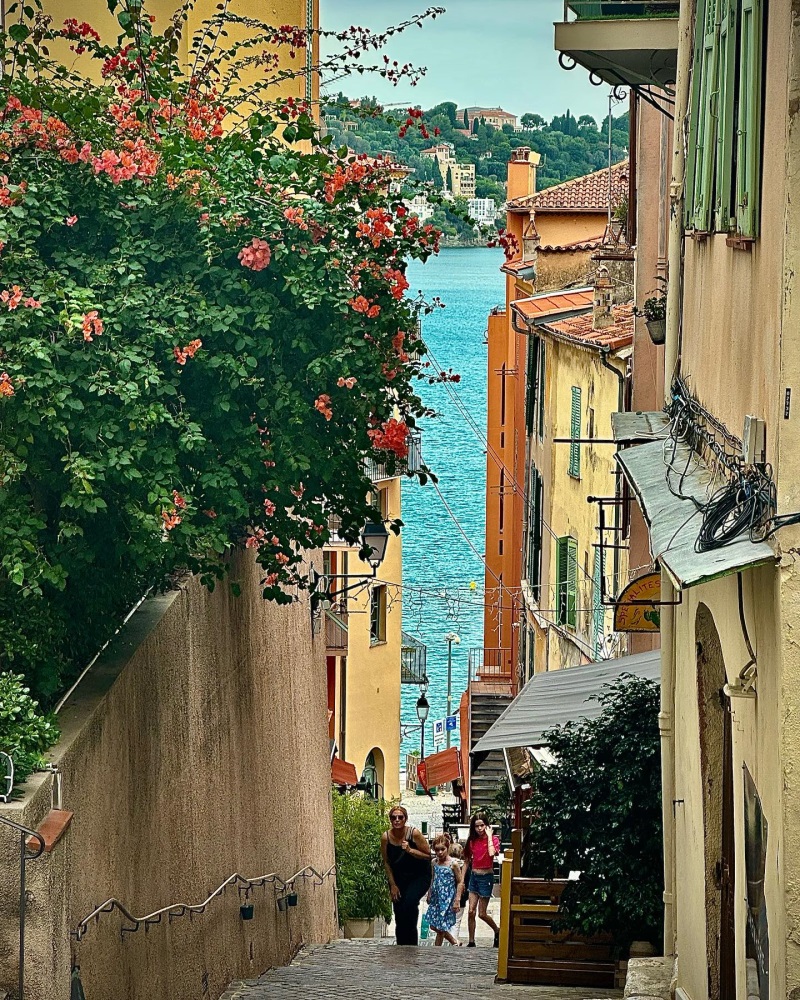
Two train stops from Nice, Beaulieu has the calm, small-town feel that travelers often search for. There’s a scenic port, a couple of beaches, and a bit of evening activity around the harbor and main square.
The restaurants near the marina aren’t particularly praised – prices are high and quality is hit or miss, but the setting is lovely.
Villefranche-sur-Mer
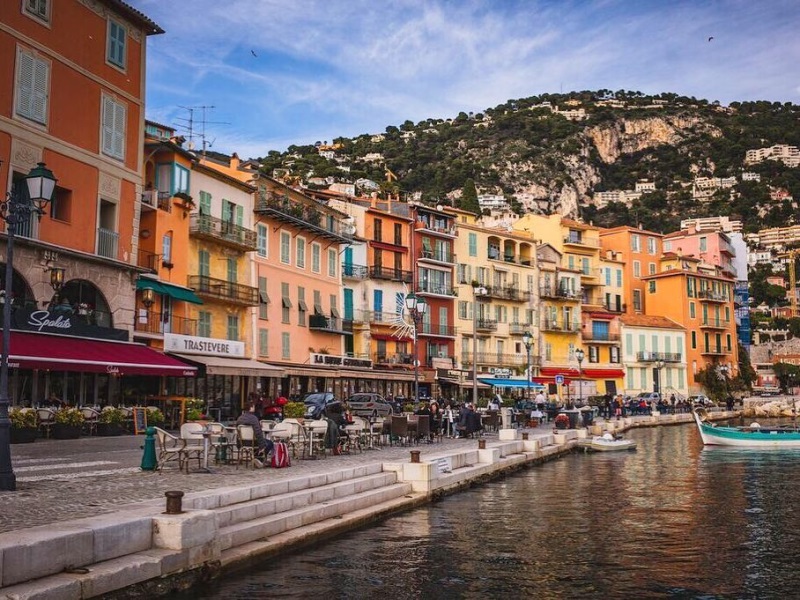
This one ticks every box. It’s charming, easy to walk, right on the water, and connected to Nice by train or bus.
The narrow streets and waterfront restaurants give it a classic Mediterranean feel. Travelers describe it as both beautiful and convenient.
Antibes
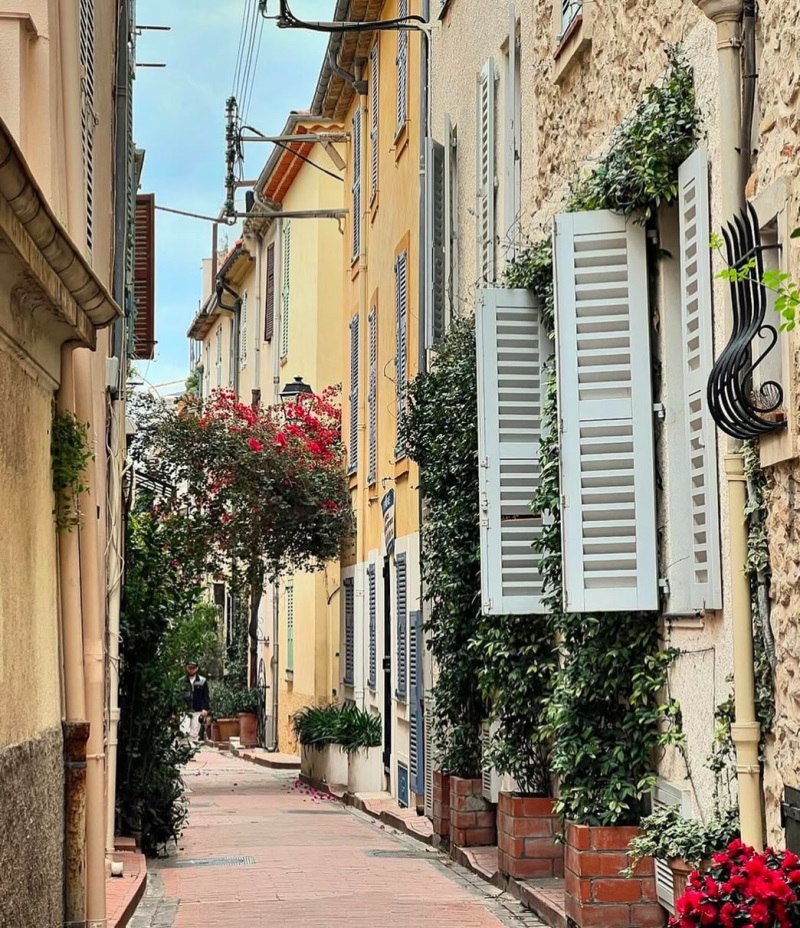
Antibes shows up again and again in traveler picks. The old town has plenty of bars and restaurants, a relaxed atmosphere, and direct train access.
There are beaches close to the center and quieter ones further out on the peninsula. Juan-les-Pins, just next door, has more nightlife and family-friendly options. Pam Pam bar is a specific highlight in Juan.
Cap d’Antibes
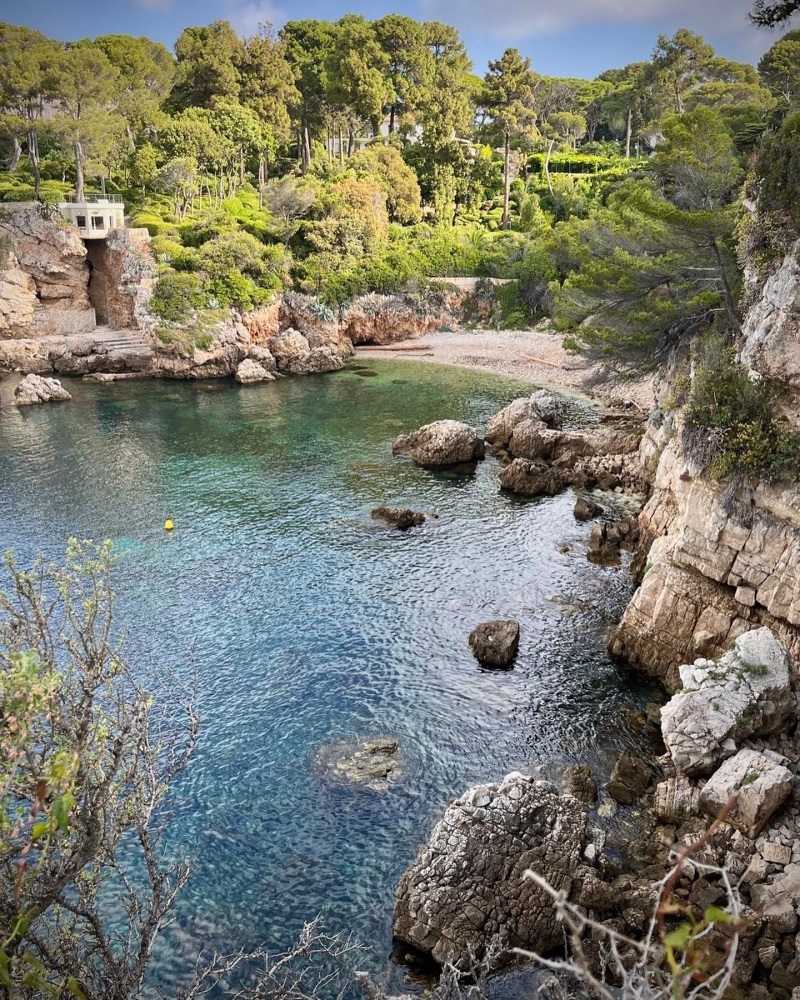
Located between Antibes and Juan-les-Pins, Cap d’Antibes is quieter and more residential. People love the natural setting, though it’s less of a dining and shopping hub.
Eze

Stunning and dramatic, Eze sits on a cliff overlooking the sea.
But staying here isn’t very practical. The village is separated from the train station, which sits far below, and the climb up is steep. It’s ideal for a day visit, not overnight.
Menton
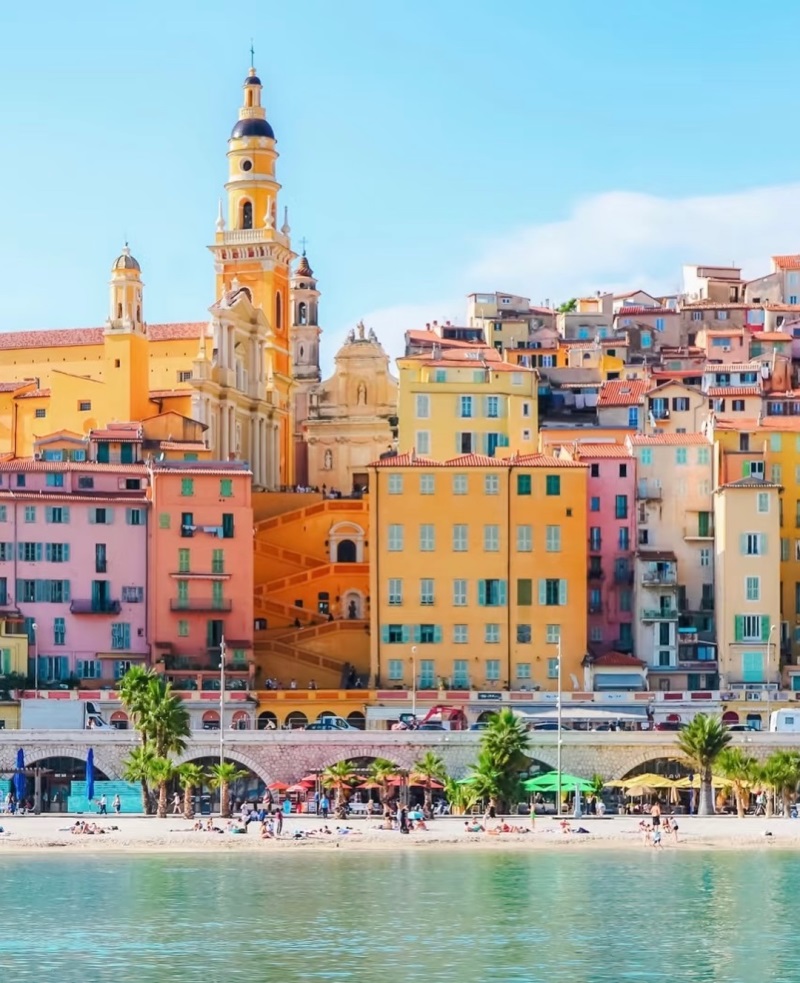
Opinions on Menton vary. Some find it calm and refreshing, with a touch of Italian influence and affordable prices. Others feel it’s too sleepy.
It does offer beach access, a train connection, and fewer crowds than Nice or Monaco.
Nice

Nice is one of the most accessible cities in the region. The old town has character, and the pedestrian streets behind the beach are packed with restaurants and shops.
Note that the beach itself is rocky, with large stones instead of sand. It gets crowded in July, and while it’s central for day trips, the overall vibe is more urban than small-town.
Cannes

Cannes comes up as a mixed suggestion. The beach is sandy, unlike Nice, and it’s easy to reach by train. Some travelers enjoy the quieter neighborhoods away from the center.
Others describe it as overpriced and touristy, especially during film festival season.
La Napoule
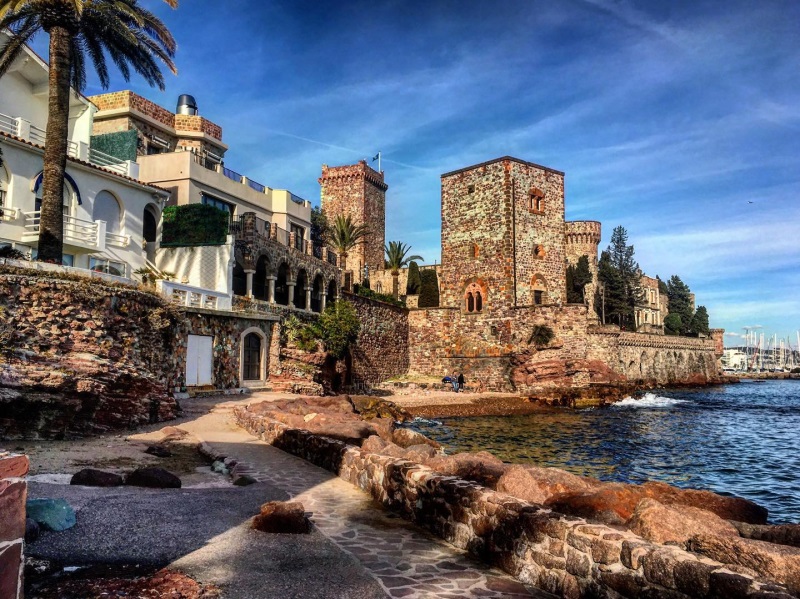
About 10 km from Cannes by train, Mandelieu-La-Napoule offers a more laid-back experience with easier beach access. It’s a good alternative if you want proximity to Cannes without the bustle.
Cap Ferrat

Cap Ferrat is scenic and peaceful, with a few beaches and some upscale villas. It’s not a major hub, but it’s mentioned as one of the picturesque coastal spots.
Saint-Tropez

While a pretty town, Saint-Tropez is better known for its crowds and luxury vibe. Few suggest it as a base for this kind of trip.
Inland Provence Villages
Gordes
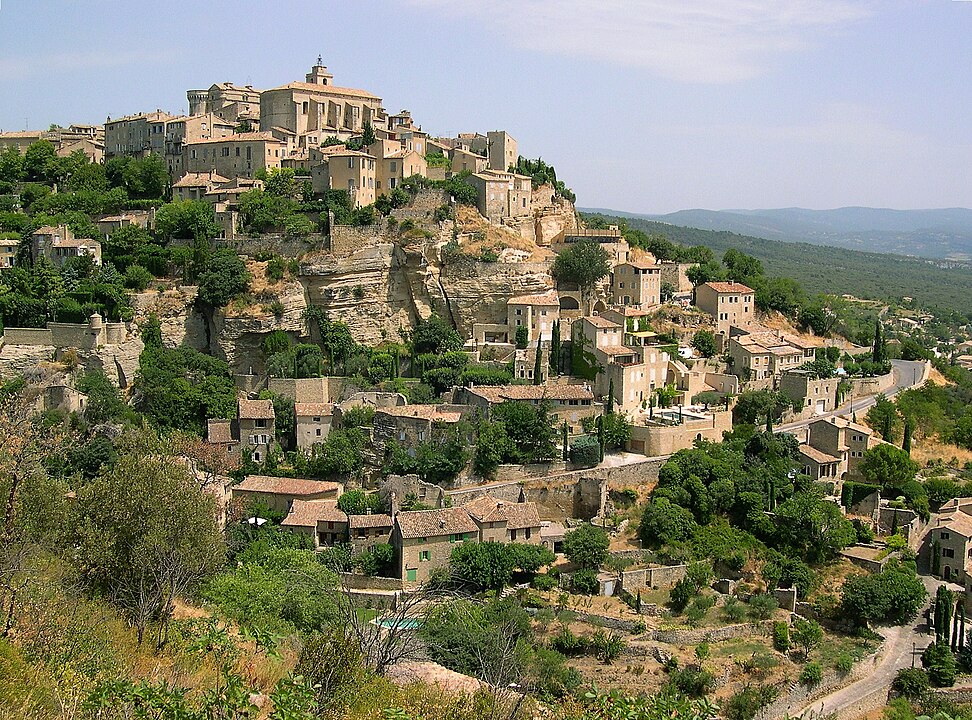
One of the most iconic villages in the Luberon. Built on a hillside with dry-stone houses and sweeping views, Gordes is often chosen for photoshoots and postcards, but it still feels authentic.
A strong pick if you’re traveling by car.
Ménerbes
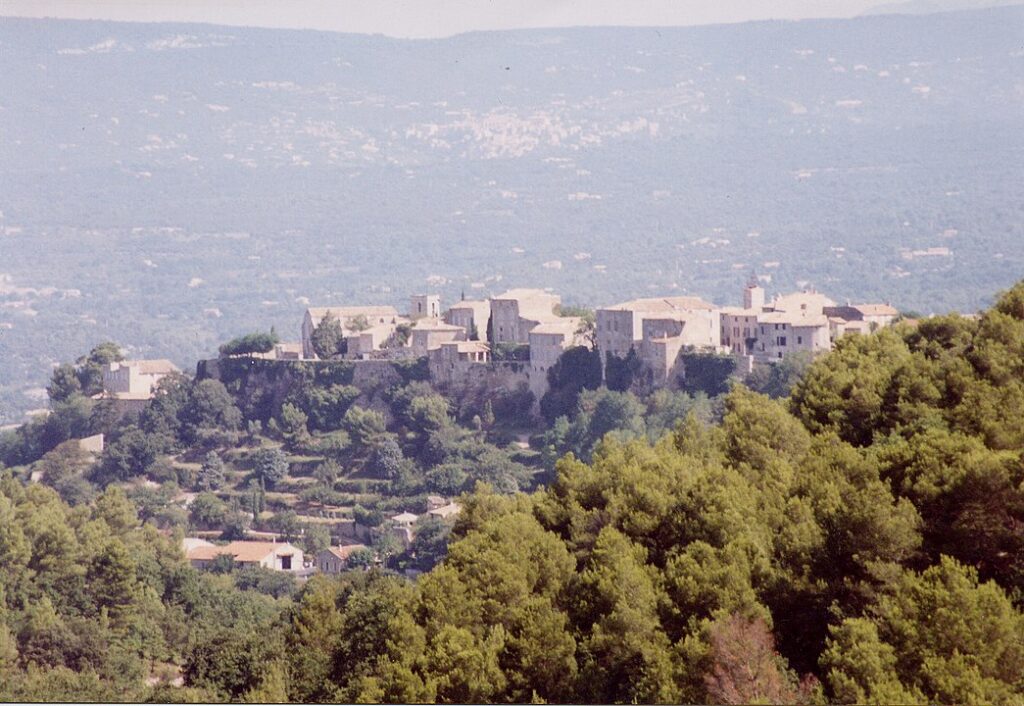
Quiet and refined, Ménerbes appeals to those looking for a less touristy base with traditional Provençal architecture.
It’s small, so expect limited shops and dining, but that’s part of the appeal.
Saignon
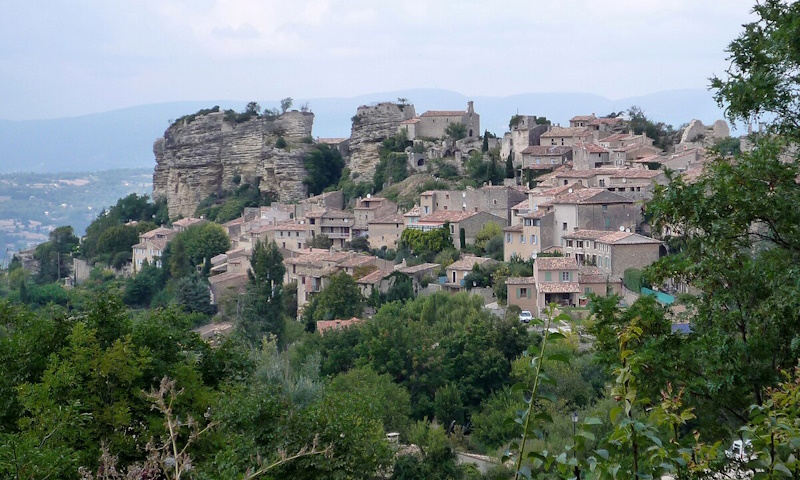
Smaller and lesser-known than Gordes or Ménerbes, Saignon sits in the hills with dramatic views and peaceful lanes.
It’s not a transport hub (you’ll need a car) but people describe it as serene and authentic.
Provence (Train or Car-Based)
Aix-en-Provence
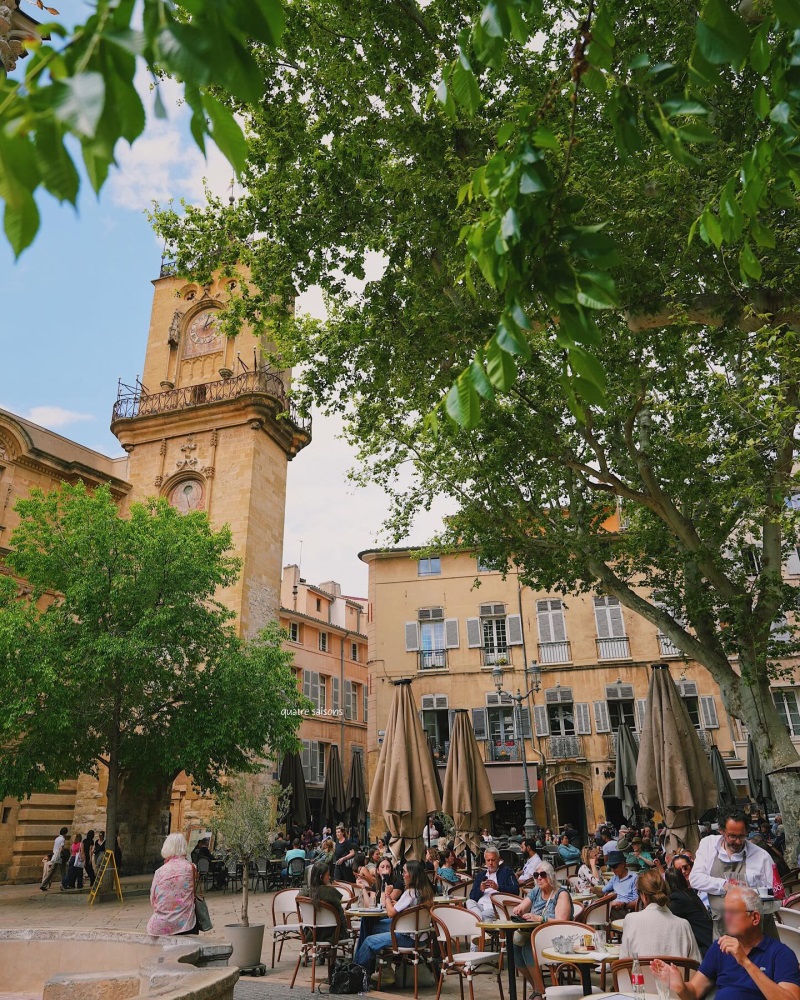
Aix is a traveler favorite for a reason. It’s lively, beautiful, and walkable. Train access is good, and it works well as a base for exploring the region.
The old town is full of fountains, markets, and shaded squares, giving it a classic Provençal rhythm without the chaos of larger cities.
Avignon

This walled city has a compact center and great train connections. It’s central for day trips in every direction and holds appeal for both couples and families. Many travelers name it as their go-to base.
St-Rémy-de-Provence
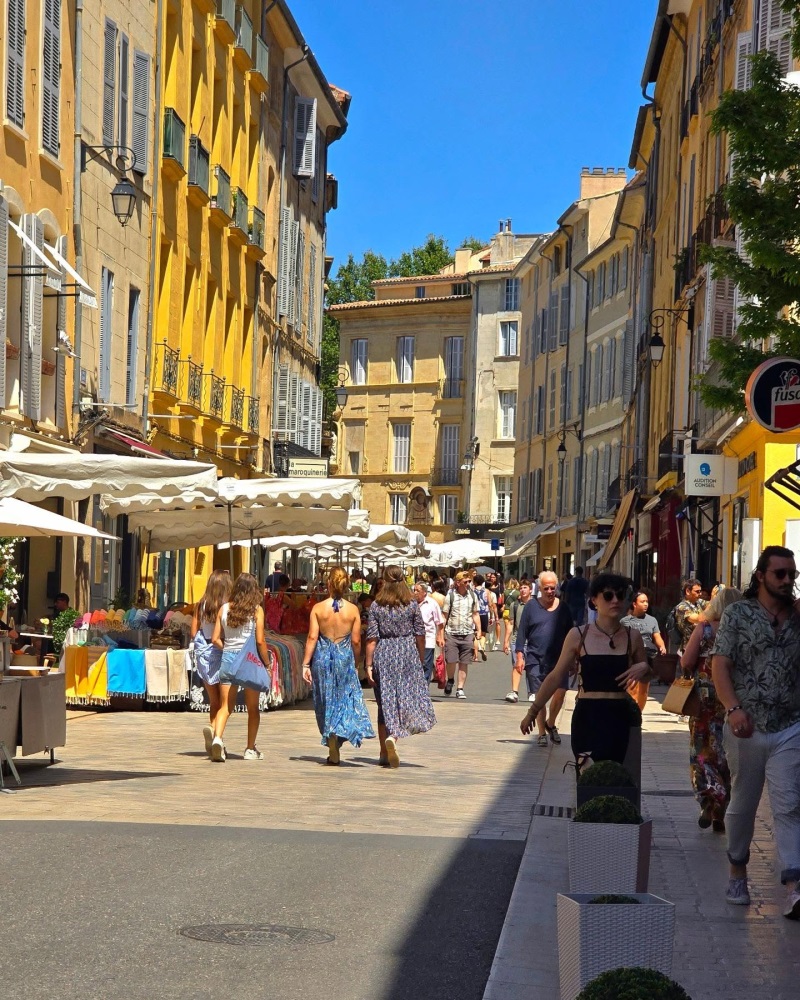
If you have a car, St-Rémy is one of the best-positioned towns in Provence. It’s small but lively, with plenty of restaurants.
The location is ideal for visiting the Alpilles, Arles, Avignon, and other nearby sights. It feels local, relaxed, and comfortable.
Arles
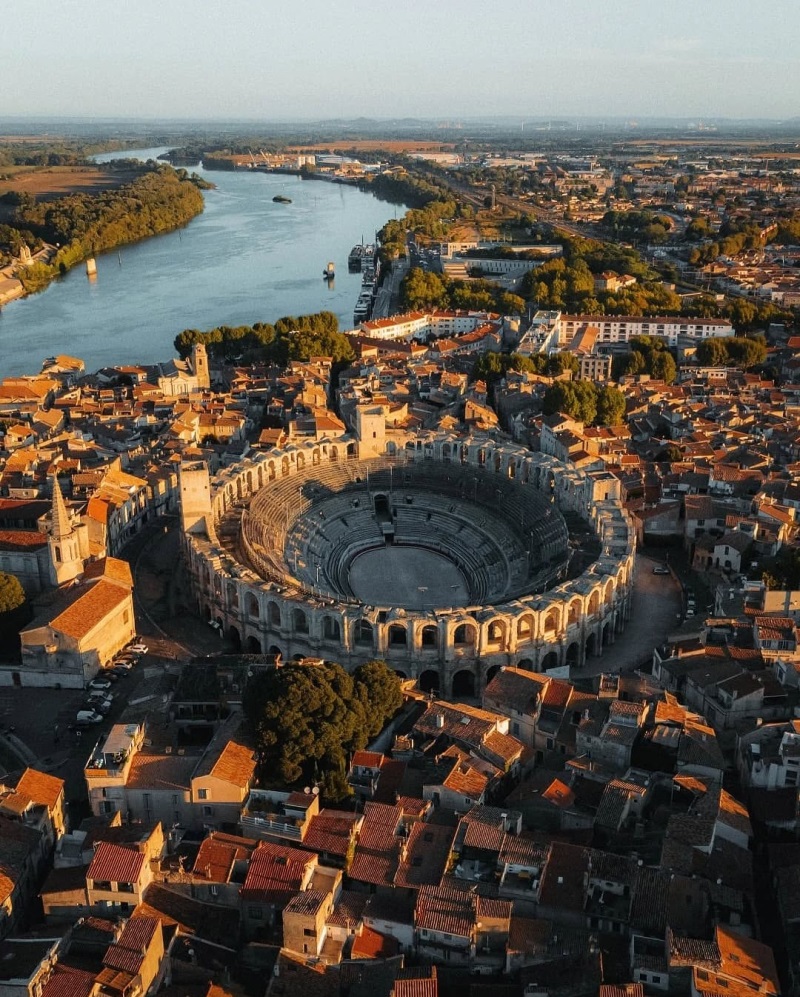
Arles gets strong recommendations for its Roman architecture and walkable center. It doesn’t have a beach, but it’s near the Camargue and Saintes-Maries-de-la-Mer.
Many people love the town’s atmosphere and history.
Nîmes
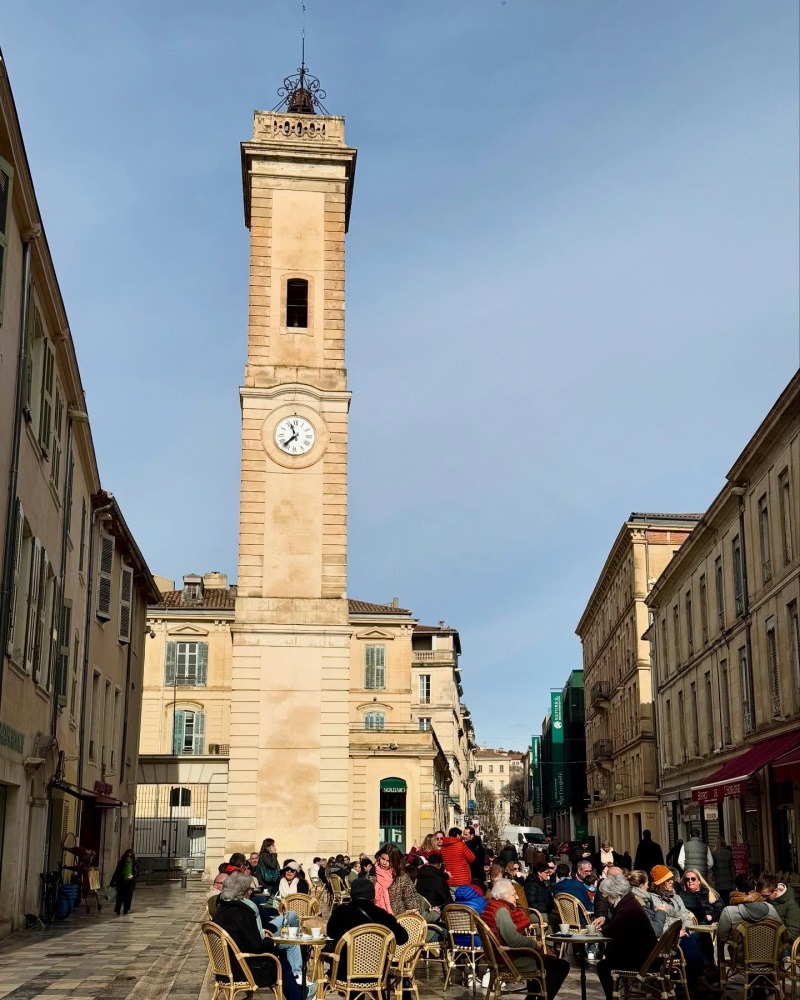
Another Roman city, Nîmes impresses with its amphitheater, gardens, and elegant architecture. It’s easy to get around, and while it’s inland, the beauty and heritage make up for the lack of sea access.
Uzès
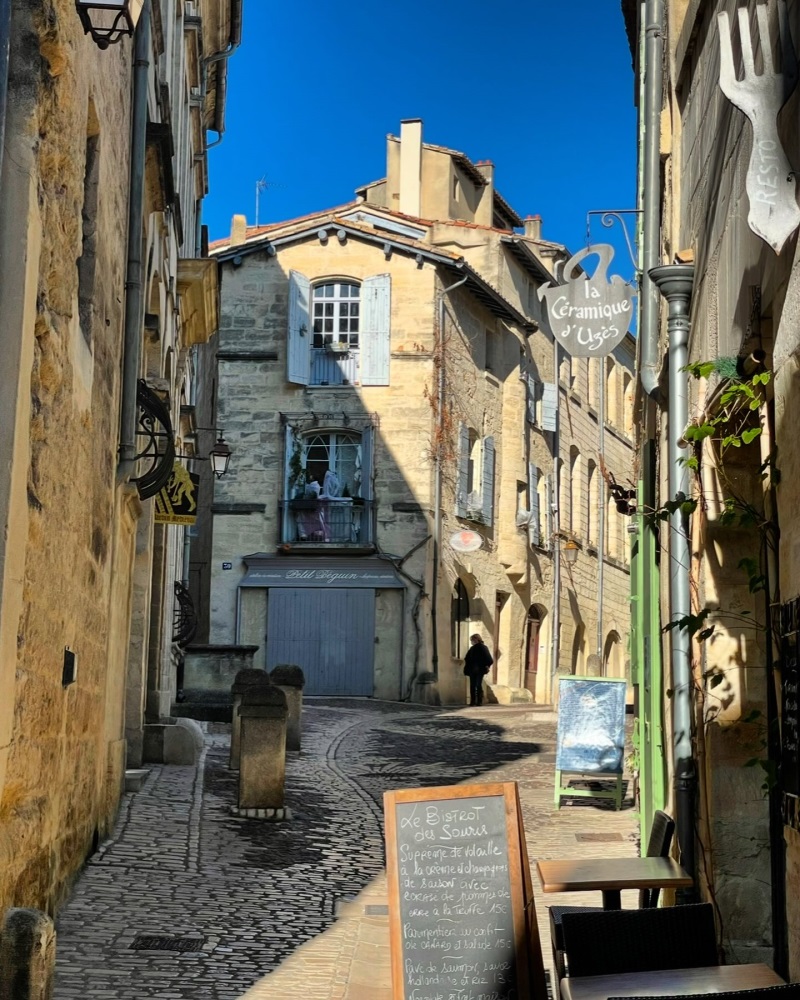
Uzès is often mentioned as a good option, it sits not far from Nîmes and is part of the same network of scenic hill towns. You’ll typically need a car though.
Camargue Region
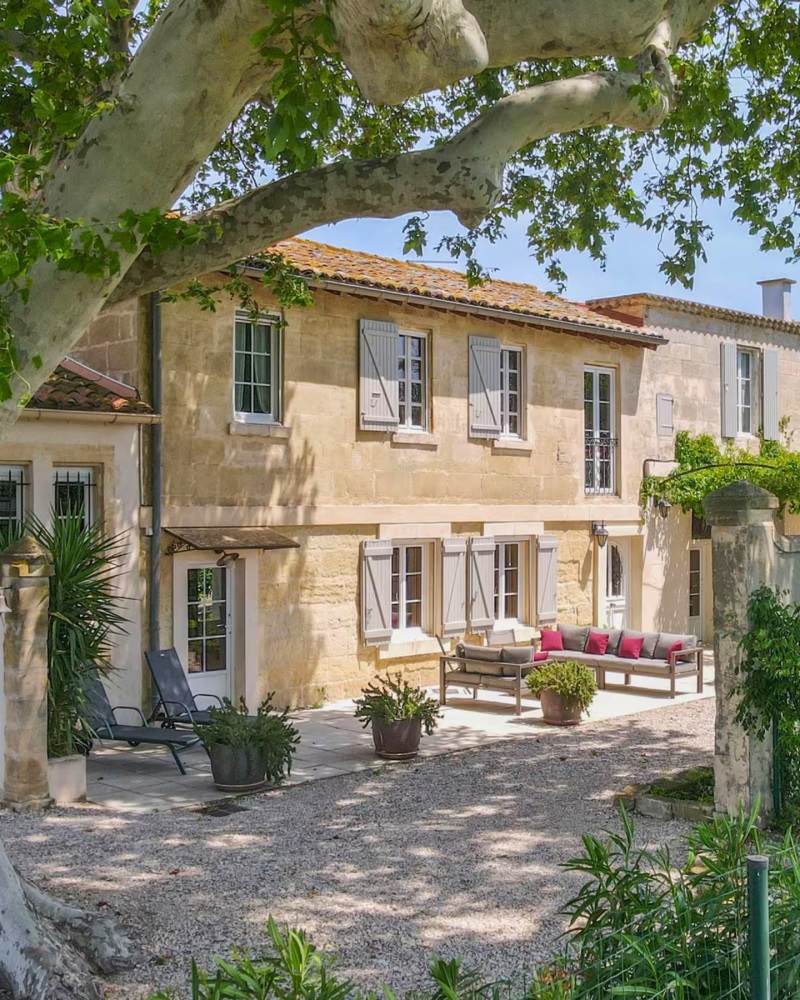
This region stands out for its natural beauty. From Arles, you can reach both Saintes-Maries-de-la-Mer and Aigues-Mortes.
Travelers love the famous white horses and the coastal wetlands. La Grande-Motte is a popular base for visiting these spots (see further below).
Marseille Vicinity
Cassis
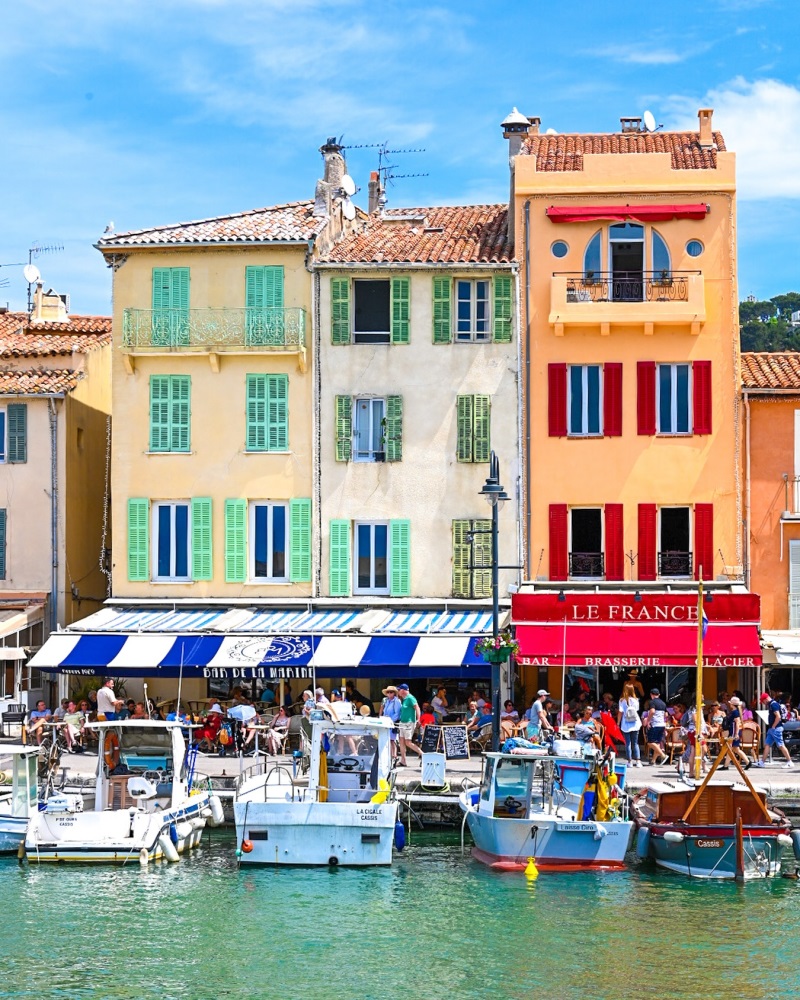
Cassis is one of the most frequently praised places. It has a small-town feel, a central beach, and boat access to the famous Calanques.
En Vau and Port Pin are two standout spots for swimming and hiking. It gets crowded in summer, but many travelers still say it’s worth it.
The train station sits outside the town center, but shuttles or taxis fill the gap.
La Ciotat
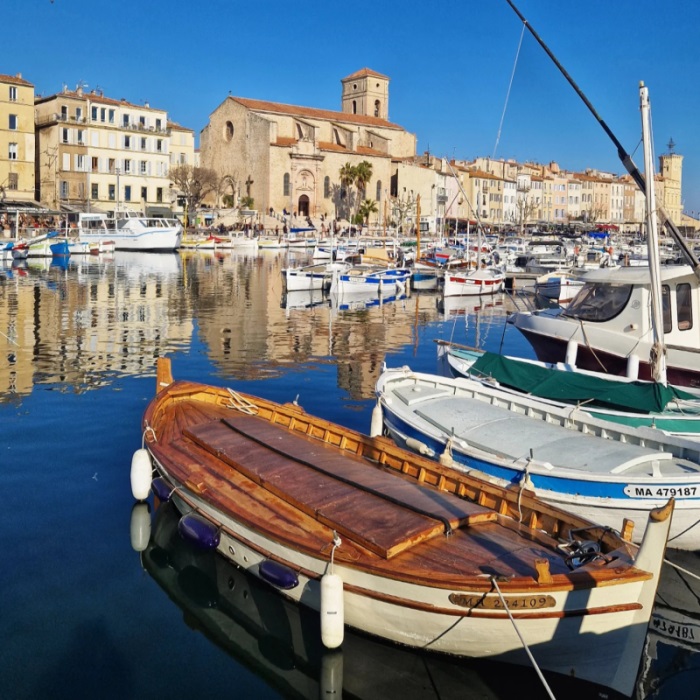
La Ciotat is mentioned as a less touristy alternative to Cassis with similar coastal views.
West of Toulon / Var Coast
Bandol
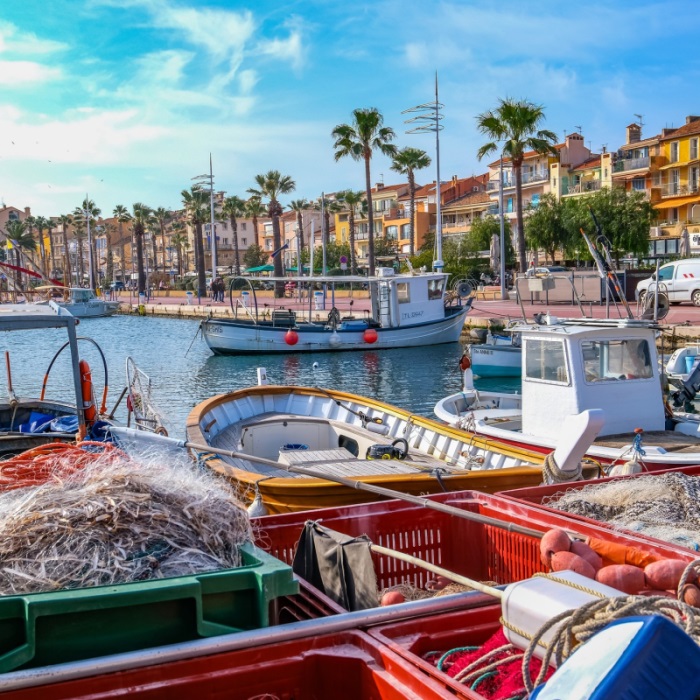
Bandol is a coastal town west of Toulon. It’s scenic and quieter than the Riviera. People enjoy its pace and setting.
Sanary-sur-Mer
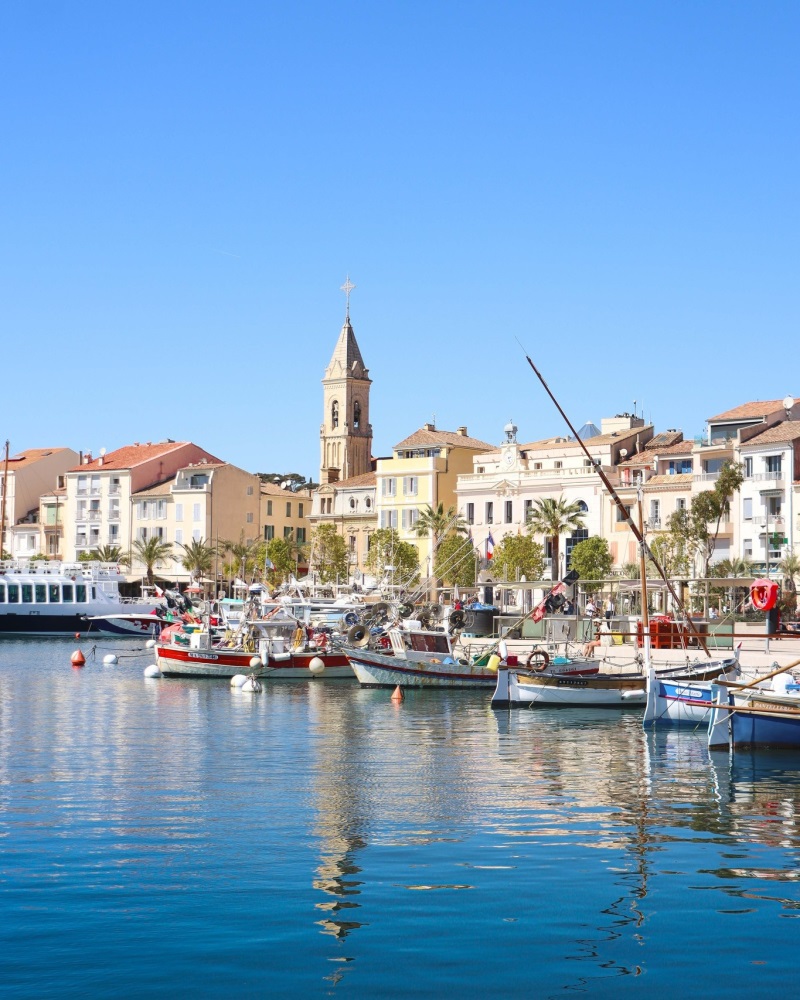
Close to Bandol, Sanary is another relaxed option with harbor views and walkable streets. It doesn’t get the same level of tourism, which some travelers appreciate.
Sainte-Maxime

Sainte-Maxime is not touristy, has a beach, and feels like a real town rather than a resort.
Fréjus
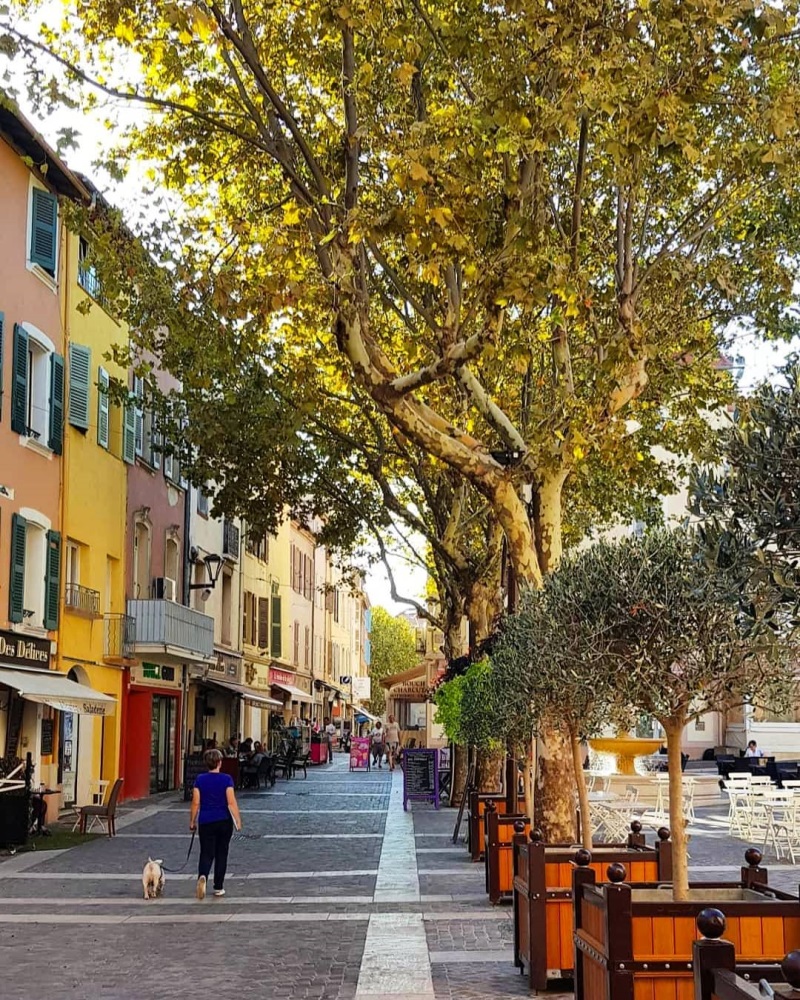
Fréjus is mentioned as a viable beach town with historic architecture and a local vibe.
Saint-Raphaël

Travelers who stay in Saint-Raphaël describe it as a great base, especially for visiting nearby sights. It’s small, accessible, and well connected.
Languedoc / Occitanie Region
Montpellier

A dynamic university city that works well as a base. From there, it’s easy to take day trips to beach towns or inland villages.
Montpellier itself has a historic center, leafy plazas, and plenty of restaurants.
La Grande-Motte
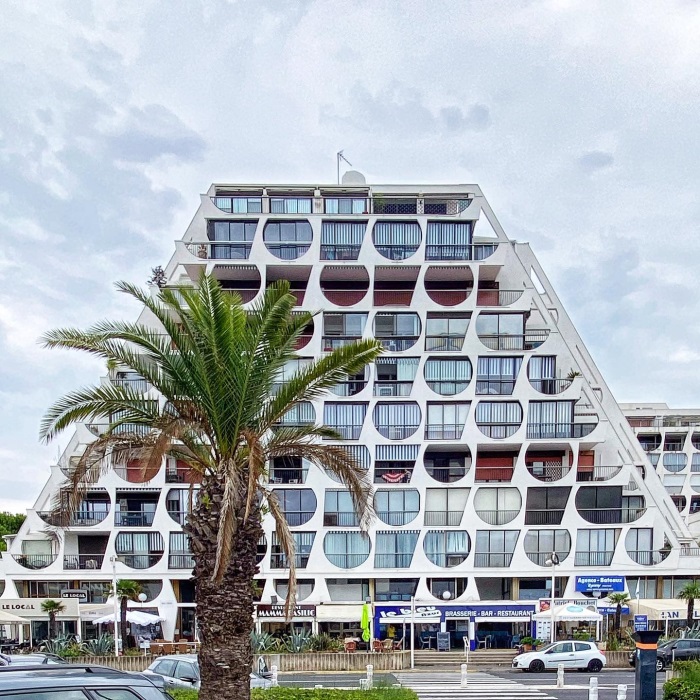
Used by some as a base for exploring the Camargue region. The architecture is 1970s modernist, which divides opinion, but it’s practical.
Easy access to nearby beaches and nature.
Palavas-les-Flots

A seaside town with a small harbor and local crowd. Reached by a short train and bus ride from Montpellier. Has a low-key, everyday feel.
Aigues-Mortes

A striking walled town that stands out in the flat Camargue landscape. It’s filled with medieval towers and surrounded by salt flats. Travelers often combine it with nearby beaches.
Saintes-Maries-de-la-Mer

Right on the coast and popular for its beach, Roma pilgrimages, and proximity to Camargue wildlife. Many visit from Arles.
Some stay longer to enjoy the coastal walking trails and horse ranches.
Béziers
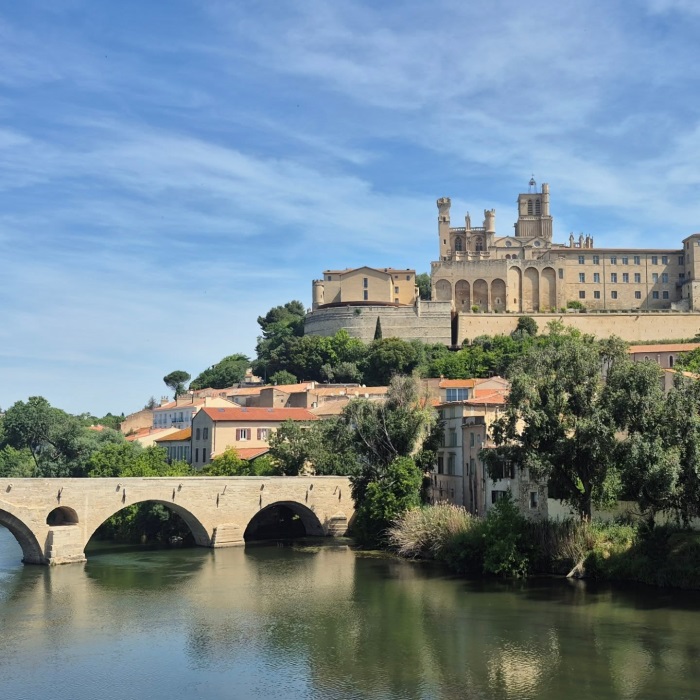
Although not often a first-choice destination, some travelers consider it the best town in the area for staying. Béziers has a long history and sits above a river.
Collioure

Further southwest, near the Spanish border. This fishing village has inspired artists for generations. Colorful houses, a seaside promenade, and Catalan influences give it a distinct look.
Carcassonne
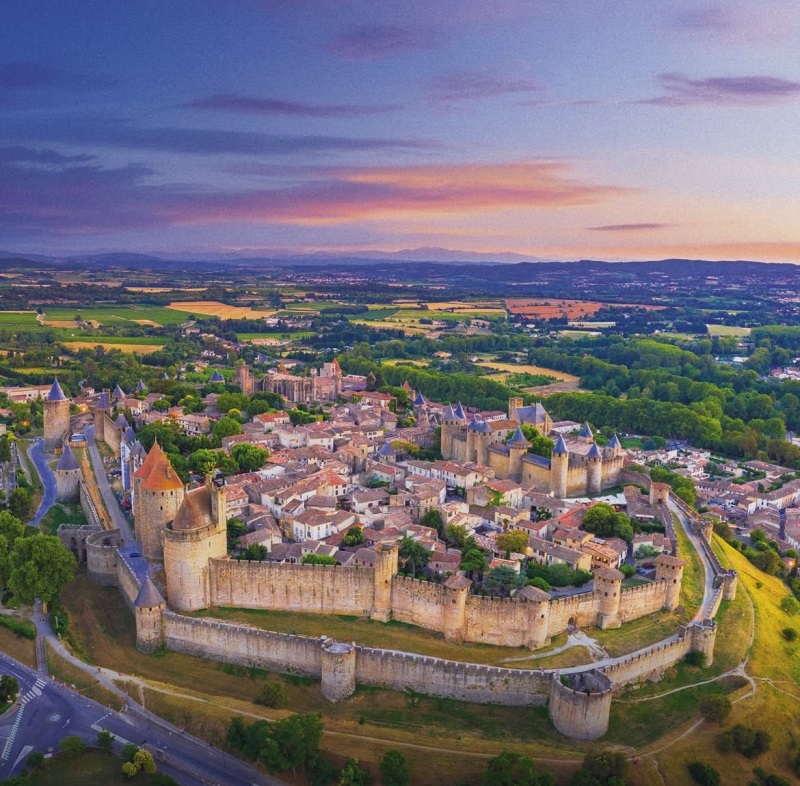
Known for its fairytale-style fortress, Carcassonne is dramatic but more touristy. It’s inland and not coastal, so not a match for beach-based travelers.
***
Cover photo: Michal Osmenda (CC BY-SA 2.0)
